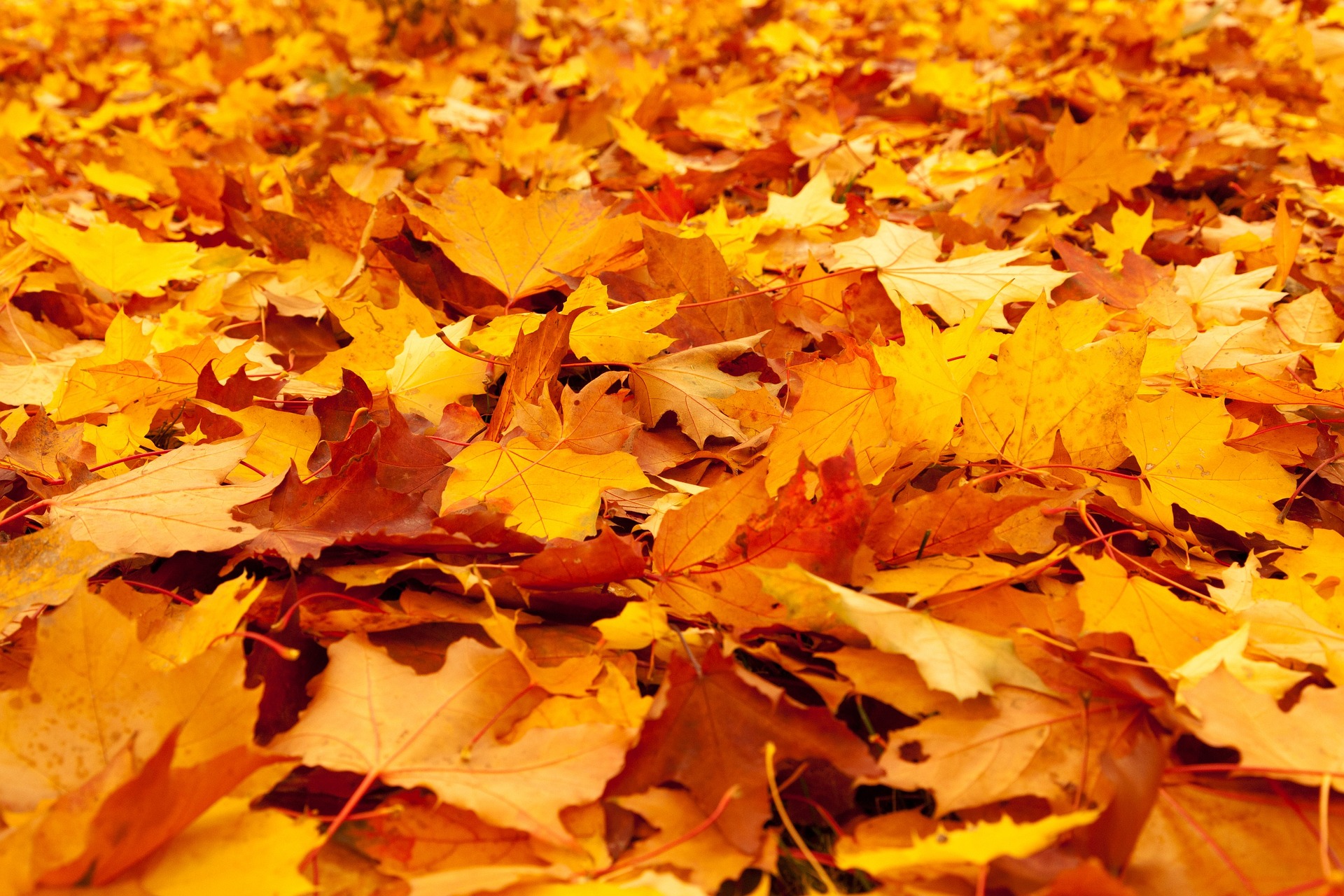
Why Removing Fallen Leaves Off Your Lawn Is Important
Fall is a lovely time of year in Northeast Ohio.
It’s when everything bursts into color. Your trees and shrubs turn shades of plum, gold, ruby, and bronze. It’s a transformation everyone loves.
Eventually, however, those leaves begin to fall off of your trees. And that’s when the cleanup begins. And as you leaf blow or rake leaves into piles, it always looks like more leaves fall than are actually on your trees.
You might do your best until winter arrives to remove those leaves off of your lawn, but inevitably there are always some leaves left, especially if you have a lot of trees on your property or back up to wooded locations.
That’s why in spring you may find you’re still dealing with leaves on grass.
Let’s talk about how long leaves can stay on grass and why raking leaves makes sense, so you can get your lawn off to a great start this spring.
/TurfPrideSpring2022(WebOptimized)-430.jpg?width=5168&height=2912&name=TurfPrideSpring2022(WebOptimized)-430.jpg)
Understanding How Leaves on Grass Impact its Health
As tree leaves cover your lawn, they can actually smother it in larger amounts. After all, your grass needs that air and sunlight to survive.
This inhibits your lawn’s growth in spring. Ideally, you will rake or leaf blow excessive leaf piles from your lawn going into winter, and then remove leaves very soon in spring to prevent inhibiting growth.
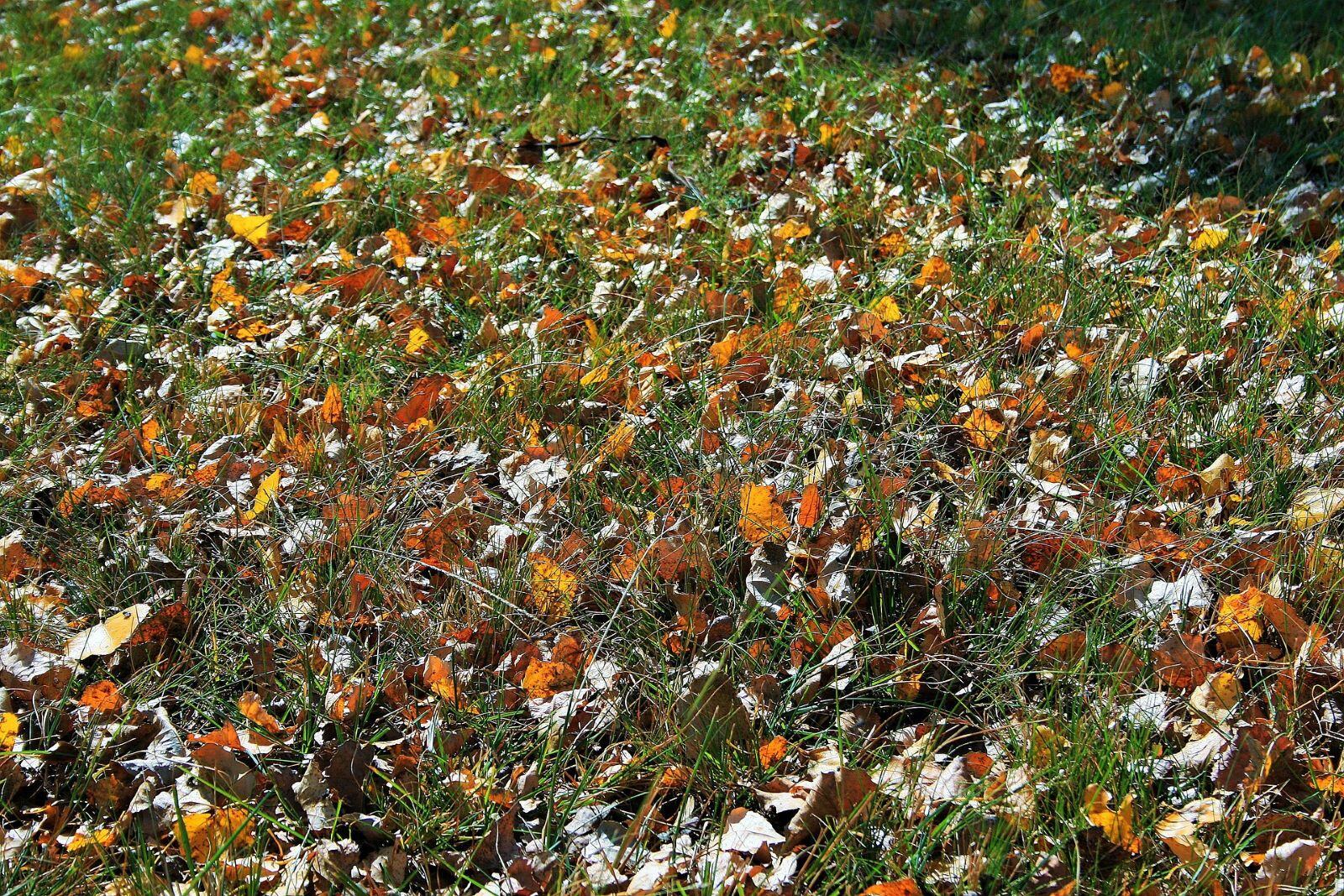
How Should I Remove Leaves on Grass?
You don’t want to have more than 20 percent of your lawn covered with leaves. A very small amount will blow around, settle, and break down on their own.
But if you have a lot of leaves, you have a few options when it comes to removing leaves on grass.
First, raking your yard is a way to remove them from your lawn. A leaf blower is also handy to push leaves into piles off of your lawn.
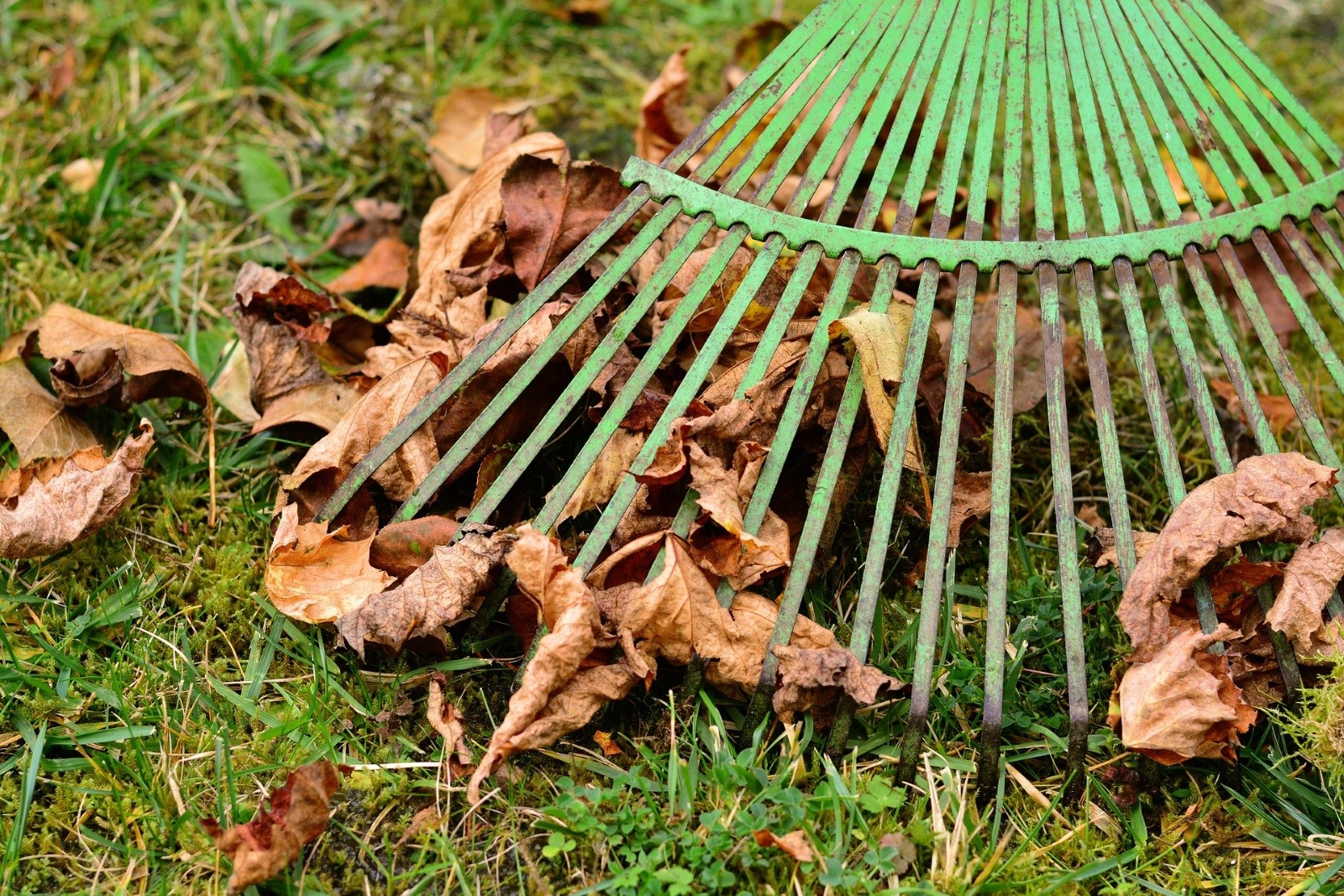
You can also use your mower to mulch leaves, chopping them up into tiny pieces and giving your lawn soil back those nutrients from the decaying organic matter. Or if your mower has a collection capability, you can also bag the leaves and dispose of them or put them into your compost, which is another great way to recycle nutrients.
Leaves on Grass and Snow Mold
Why rake leaves? Because leaves left on the lawn can also promote snow mold disease, which can cause significant damage to your Northeast Ohio lawn in winter and early spring.
Snow mold is a lawn disease caused by a fungus that can resemble snow. It tends to infect grass as the snow from winter melts. You may see the mold on your grass as the weather warms near spring or you might notice straw-colored spots of grass that the mold has killed.
Breaking up the matted down leaves with a rake and letting the lawn recover on its own can usually bring back the areas impacted by snow mold.
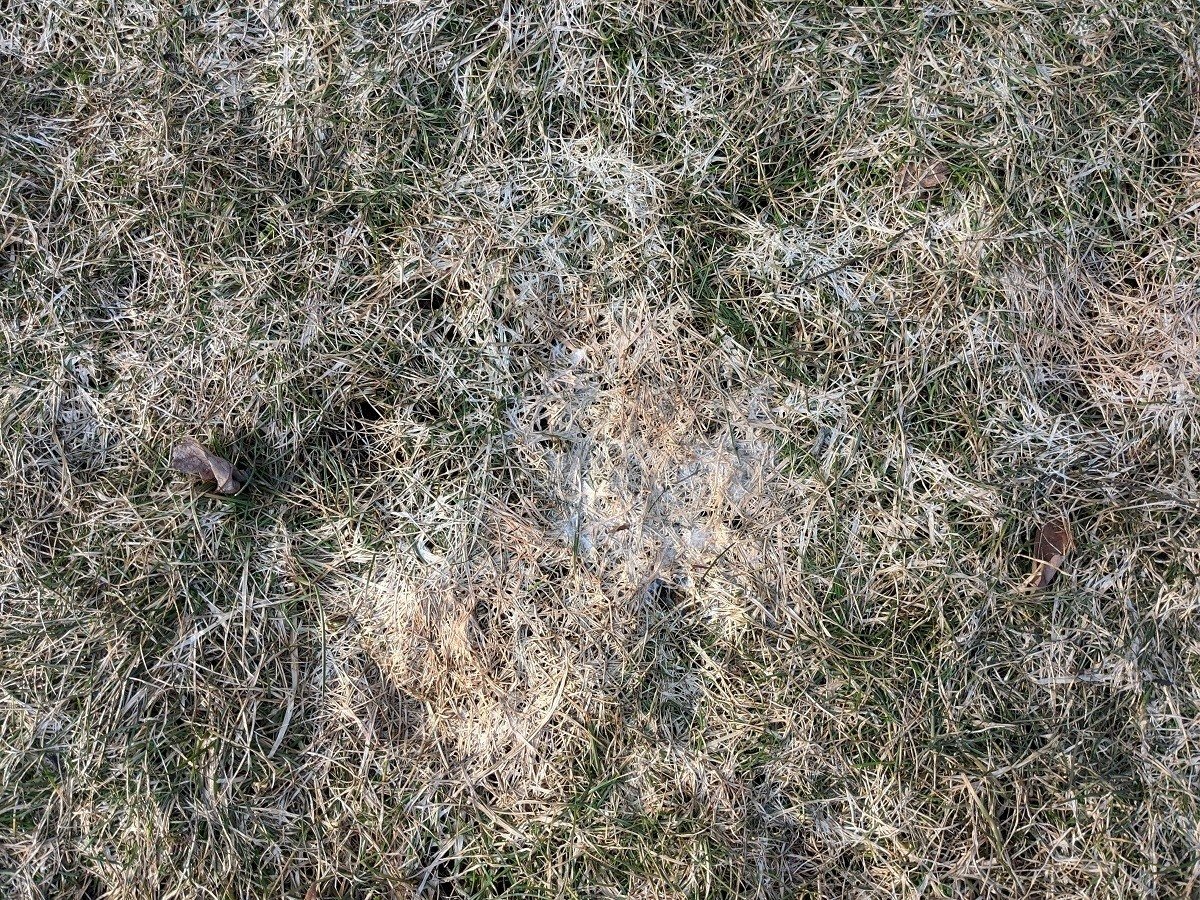
A Healthy Lawn is a Happy Lawn
Like anything else, too much of a good thing can turn into a negative, and leaves on grass is one of those things.
You always want to take proper care of your lawn to maintain great health since excess stress can bring about diseases or other issues.
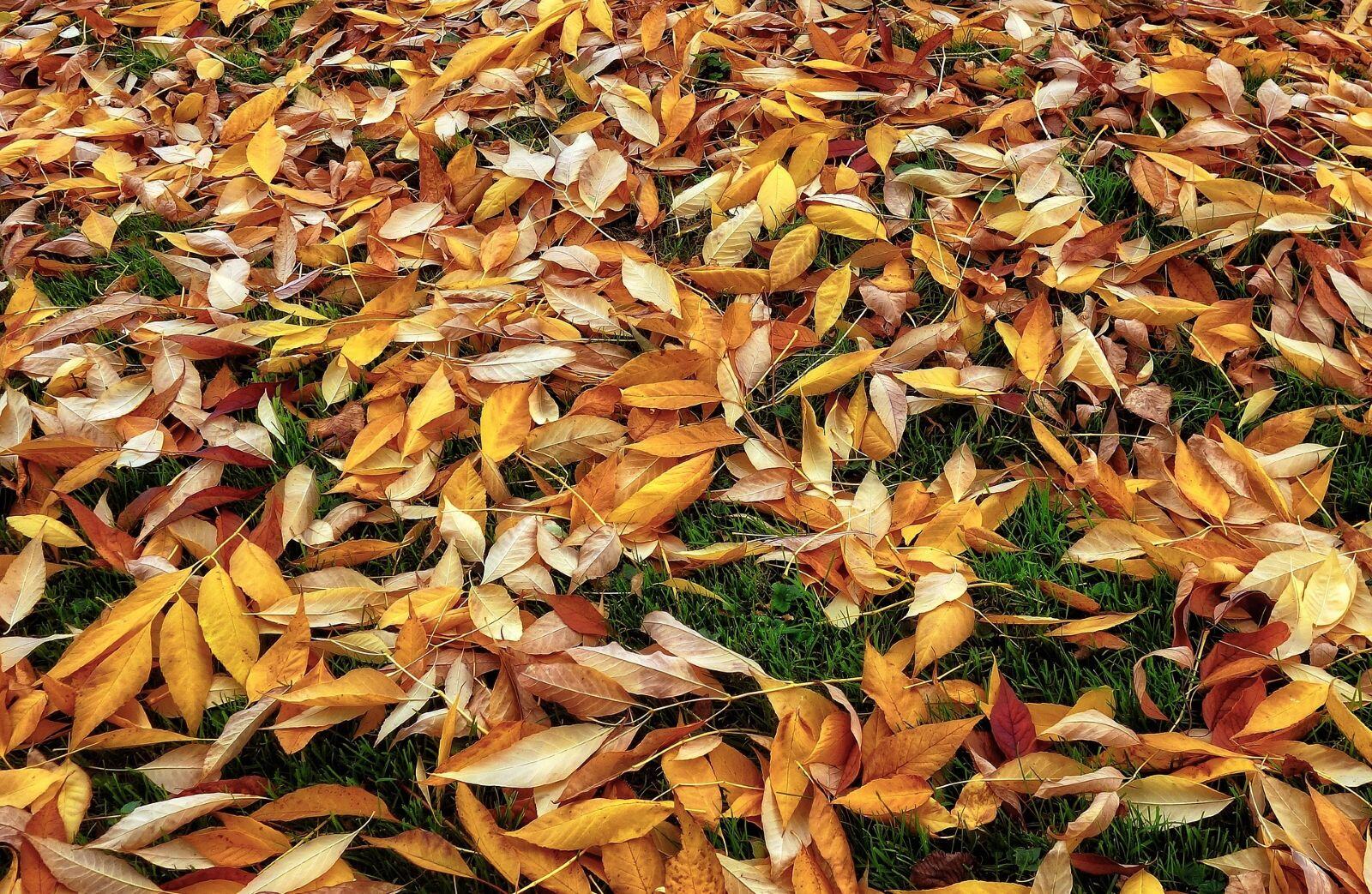
Start with proper mowing. Northeast Ohio lawns should be between 3 to 4 inches in height, and you should never remove more than one-third of the grass blade during a single mowing. This amounts to weekly during the growing season.
Watering properly is also important. Don’t water too often; water slow and deep at less frequent intervals.
Both under- and over-fertilizing your lawn can lead to trouble as well. A Northeast Ohio lawn care professional can give your lawn the right nutrients in the right time frames and in a consistent manner to ensure ideal nutrient applications.
Finally, don’t forget to aerate and overseed in the fall. These services can help eliminate compaction and thicken your lawn.
Turf Pride Can Help Your Lawn Recover From Winter
Now that you know more about why raking leaves is important, you can plan what to do as your lawn wakes up this spring, especially if you still have some leaf litter to deal with.
If you still find you have some questions or concerns about what leaves are doing to your lawn, give Turf Pride a call. We can help make sure you don’t have any significant damage and give you guidance on getting your lawn back in shape.
/TurfPrideSpring2022(WebOptimized)-450.jpg?width=4377&height=2461&name=TurfPrideSpring2022(WebOptimized)-450.jpg)
Are you worried about an abundance of leaves collecting on your lawn and how it might impact its growth? Turf Pride can help. Get started today with a free quote. Together, we’ll customize a plan that gives you the most attractive lawn on the block.


